Prepping for an outage at Duke Energy’s Harris plant
Duke Energy’s Harris nuclear power plant’s 24th refueling outage began in early October. The plant, located in New Hill, N.C., is a 964-MWe Westinghouse three-loop pressurized water reactor that started commercial operation in May 1987.




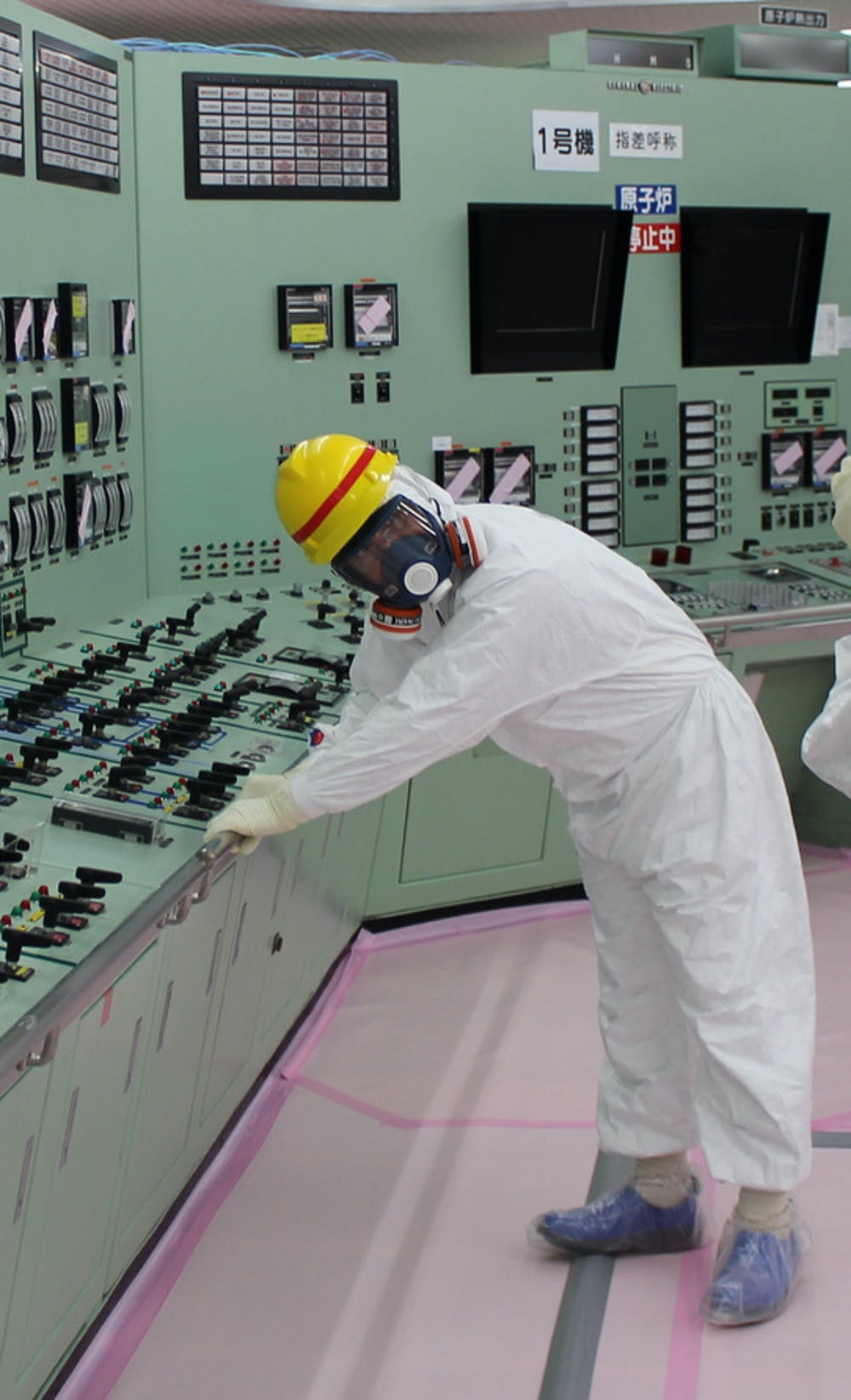
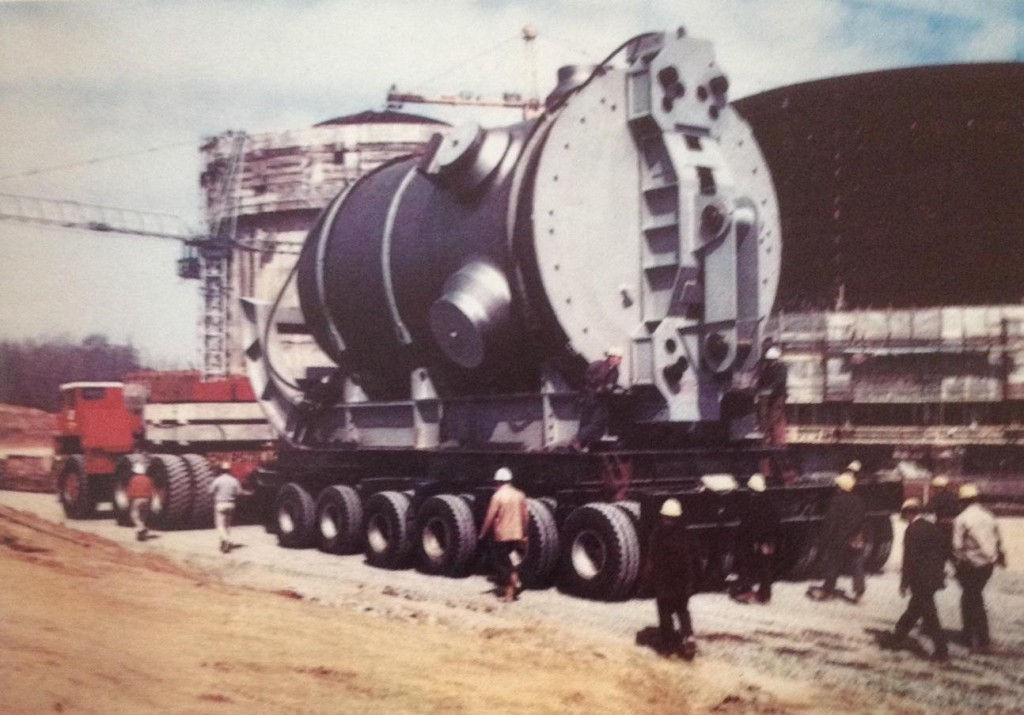
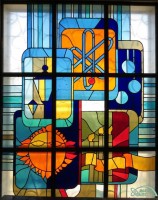

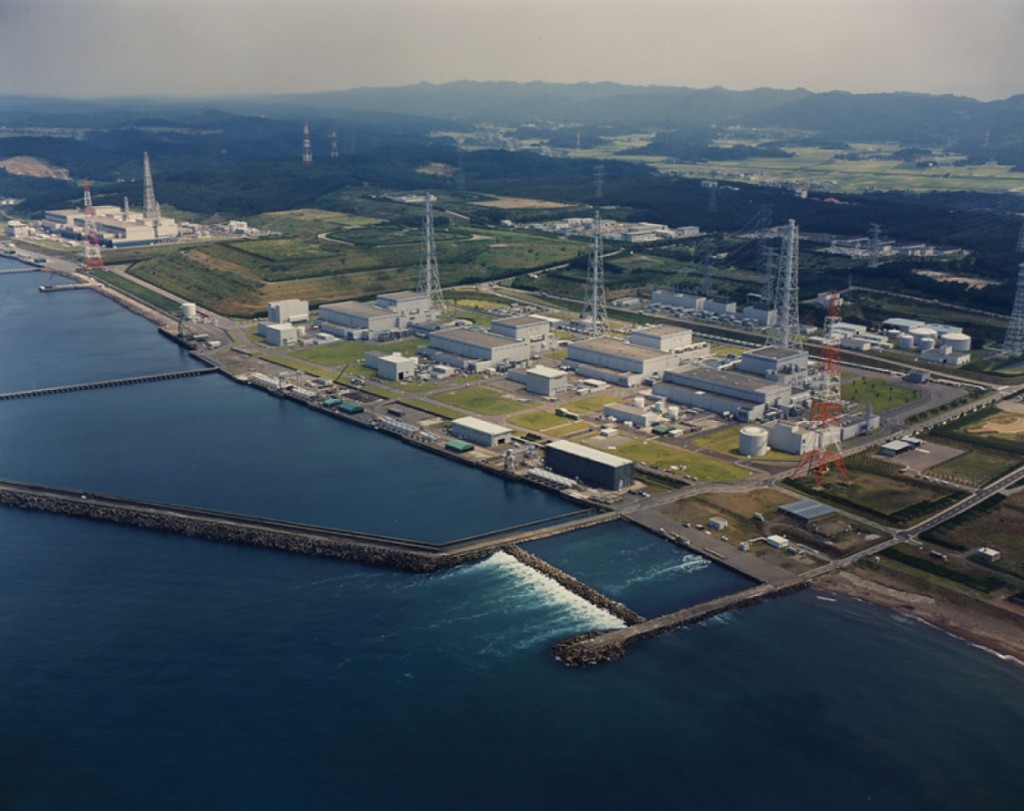
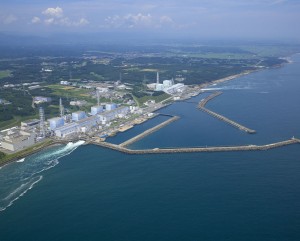
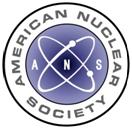 The American Nuclear Society's Annual Conference, to be held June 24-28 in Chicago, Ill., will feature an embedded International Congress on Advances in Nuclear Power Plants (ICAPP 2012), ANS President Eric Loewen announced. "This international conference brings together nuclear leaders from around the world to share best practices and advance international understanding of the latest advances in nuclear power plants," said Loewen.
The American Nuclear Society's Annual Conference, to be held June 24-28 in Chicago, Ill., will feature an embedded International Congress on Advances in Nuclear Power Plants (ICAPP 2012), ANS President Eric Loewen announced. "This international conference brings together nuclear leaders from around the world to share best practices and advance international understanding of the latest advances in nuclear power plants," said Loewen. American Nuclear Society President Eric Loewen visited the ANS student section at the University of Illinois on Tuesday, March 27, followed by dinner with the Central Illinois ANS local section. This event was part of Loewen's "March Madness" speaking tour, building toward the
American Nuclear Society President Eric Loewen visited the ANS student section at the University of Illinois on Tuesday, March 27, followed by dinner with the Central Illinois ANS local section. This event was part of Loewen's "March Madness" speaking tour, building toward the